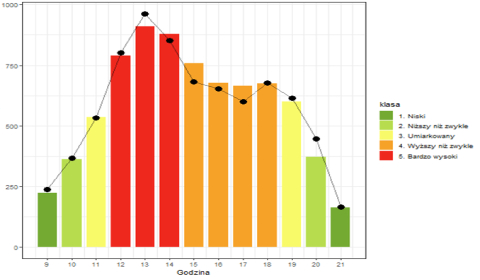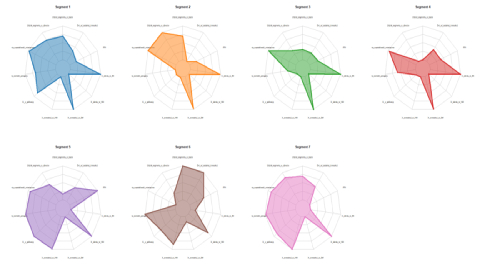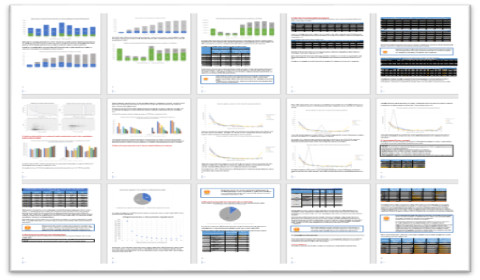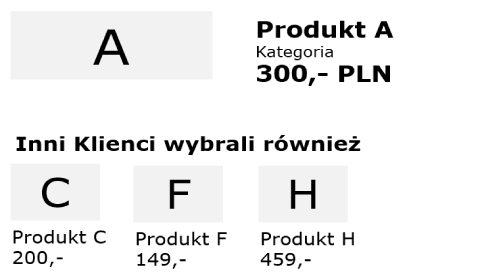
Problem:
In connection with the COVID-19 epidemic and potential customer concerns about the safety of their visits to the stores, one of the retailers in Poland wanted to provide their customers with precise information about the expected traffic volume in its brick and mortar stores.
Rozwiązanie:
Based on machine learning algorithms, predictive models were prepared which are capable of forecasting the number of transactions in hourly intervals 7 days in advance. A mechanism for regular automatic refreshing (teaching) was built to allow for quick adaptation of forecasts to new “post-epidemic” reality and new patterns of consumer behaviour.
Effects:
- 7-day forecasts with average accuracy of 92%-95%
- The system allows you to share the current forecasts with consumers through the website (integration of forecasts with the existing customer website)
- Automation of the model refreshing process makes it possible to save about 60% of workload
Data base:
- Sales data (historical)
- Sales data (current, real time)
- Weather data
- Calendar data (days off, trade Sundays, promotions)






